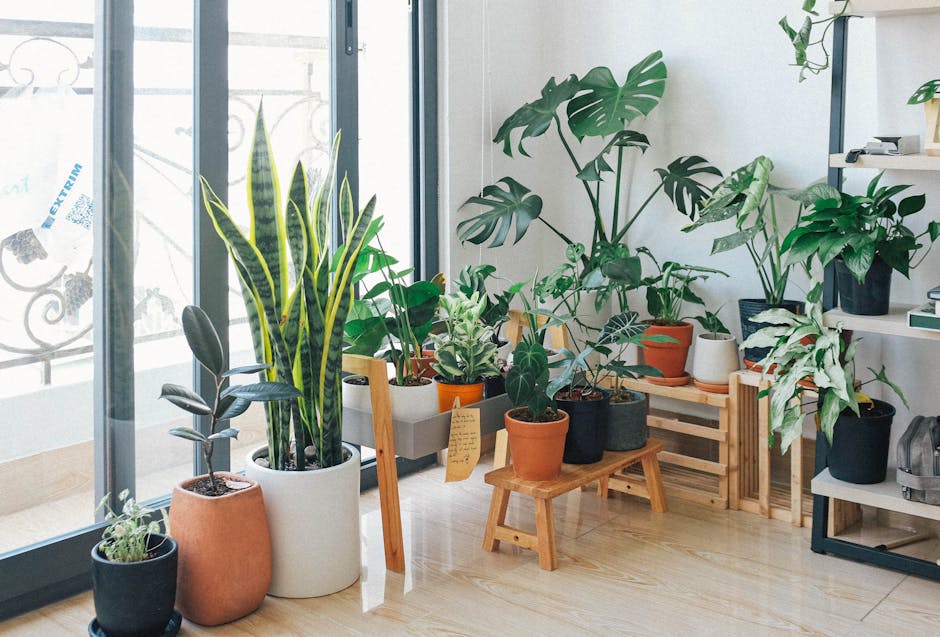Transform Your Garden into a Sustainability Hub for Kids
Creating a garden that nurtures the responsible citizens of tomorrow is not just a dream; it's an achievable reality for parents and educators alike. By transforming outdoor spaces into edible landscapes, we can give children hands-on experience with sustainable practices while instilling a love for nature. The following article explores how to turn your garden into an interactive classroom focused on eco-friendly tips and sustainable living. From planting techniques to engaging activities, we'll dive deep into making learning about sustainability as exciting as it is essential.
The Power of Edible Landscapes

Edible landscapes blend aesthetics with functionality, making every inch of your garden not just pleasing to the eye but also useful. By incorporating fruits, vegetables, and herbs into garden designs, we provide children with a living, breathing lesson on where their food comes from. It's a tangible experience that can foster a sense of responsibility and stewardship toward the environment.
Imagine a child picking a ripe tomato or collecting fragrant herbs to bring into the kitchen. This experience not only makes the idea of sustainability tangible, but it also enhances their culinary skills and appreciation for fresh produce. Moreover, edible landscapes can serve as a means to introduce critical concepts such as biodiversity, soil health, and water conservation.
Choosing the Right Edible Plants

When designing an edible garden, the first step is selecting plants appropriate for your climate and soil type. Start with easy-to-grow vegetables and herbs, such as tomatoes, basil, carrots, and lettuce. These plants are not only beginner-friendly but also quick to yield results, ensuring that children remain engaged throughout the growing process.
Consider incorporating native plants as well. Native flora typically requires less water and maintenance, and they'll attract beneficial wildlife—bees, butterflies, and birds—further enriching the learning experience. To learn more about cultivating edible landscapes, check out this guide on creating eco-friendly micro-habitats.
Eco-Friendly Gardening Practices

Once you’ve chosen your plants, it’s time to dive into eco-friendly gardening practices that can enhance sustainability education. Start with organic methods of pest control that minimize chemical use. For example, introduce beneficial insects such as ladybugs and lacewings, which naturally manage harmful pests.
Teaching children about composting is another vital lesson in sustainability. You can set up a compost bin where kids can feed kitchen scraps and yard waste, demonstrating the recycling process and enhancing the health of the garden soil. This aligns with the principles outlined in our post about cultivating a circular kitchen and reinforces the importance of waste reduction.
Creating Interactive Learning Stations

Transforming your garden into a learning hub involves being creative with space. Consider establishing various interactive stations, each focusing on a different aspect of gardening and sustainability. Here are a few ideas:
-
Planting Station: Teach children how to plant seeds properly. Provide them small gardening tools and let them dig in the dirt—an activity that many children find incredibly engaging.
-
Composting Corner: Educate them on how to create compost, and encourage them to monitor its progress.
-
Pollinator Paradise: Create a spot filled with native flowering plants that attract pollinators. Kids can learn the vital role these insects play in food production.
-
Wildlife Watch: Set up a small area with bird feeders and native grasses to attract birds, giving children the chance to observe these creatures up close.
These stations can foster exploration and create memorable experiences, reinforcing the concepts of sustainability and conservation in fun, meaningful ways.
Hands-On Activities That Teach Sustainability

Engagement is key when teaching children about sustainable living. Here are some hands-on activities that can complement your edible landscape:
Cooking Sessions

After harvesting, invite children to participate in cooking sessions where they can use the fruits of their labor. Explore seasonal recipes, discuss the importance of eating local, and emphasize the health benefits of fresh ingredients. Not only will this enhance their culinary skills, but it will also reinforce their relationship with food and nature.
Nature Scavenger Hunts

Organize scavenger hunts during which children can explore the garden and learn about different plants and insects. They can search for particular edible plants, note different types of biodiversity, or collect leaves of varying shapes and sizes. This activity encourages exploration and curiosity while fostering an appreciation for the natural world.
Garden Art Projects

Encouraging children to create art from recyclable materials can deepen their understanding of sustainability. For instance, they can design garden markers from recycled wood or plastic. Discuss how art and nature can coexist harmoniously, as outlined in this guide to sustainable art.
Nature Journals

Encourage kids to maintain a nature journal where they can document growth, sketch plants, and reflect on the changes they observe throughout the seasons. This not only sharpens their observational skills but also creates a personal connection to the garden.
Designing for Wildlife

An eco-friendly garden is a haven for diverse species. By making your garden attractive to beneficial wildlife, you can enhance the learning experience for children and help maintain ecological balance. Here are several tips on how to achieve that:
Native Plantings

As mentioned earlier, incorporating plants native to your area can significantly improve the health of your ecosystem. These plants create habitats and food sources for local wildlife, such as birds and butterflies.
Water Features

Consider adding a small pond or birdbath. Water features attract various forms of wildlife while providing an additional teaching moment about ecosystems and water cycles.
Shelter Spots

Provide shelters, such as brush piles or insect hotels, to welcome small creatures. Engage children in discussions about the roles these animals play in gardening, such as pollination and pest control.
Environment-Friendly Practices

Discuss the importance of reducing lawn areas in favor of native plant beds and edible crops. These practices not only improve pollinator habitats but also reduce the need for chemical treatments. Reinforce these ideas by linking them to health benefits for both the environment and human beings.
Final Thoughts: Building a Sustainable Mindset
Turning your garden into an edible landscape and sustainability education hub for children is a rewarding endeavor. Not only does it contribute to family well-being and environmental awareness, but it also plants the seeds of eco-conscious habits in the younger generation.
As gardening becomes a more integrated part of family life, families are reminded of the vital connection between food, nature, and sustainability. By creating interactive experiences, children not only learn different aspects of sustainable living but also take pride in their contributions to the earth.
Ready to cultivate your eco-friendly garden? Start today by exploring plants, designing interactive learning spaces, and engaging children in hands-on activities that make sustainability a fun, enriching experience!


